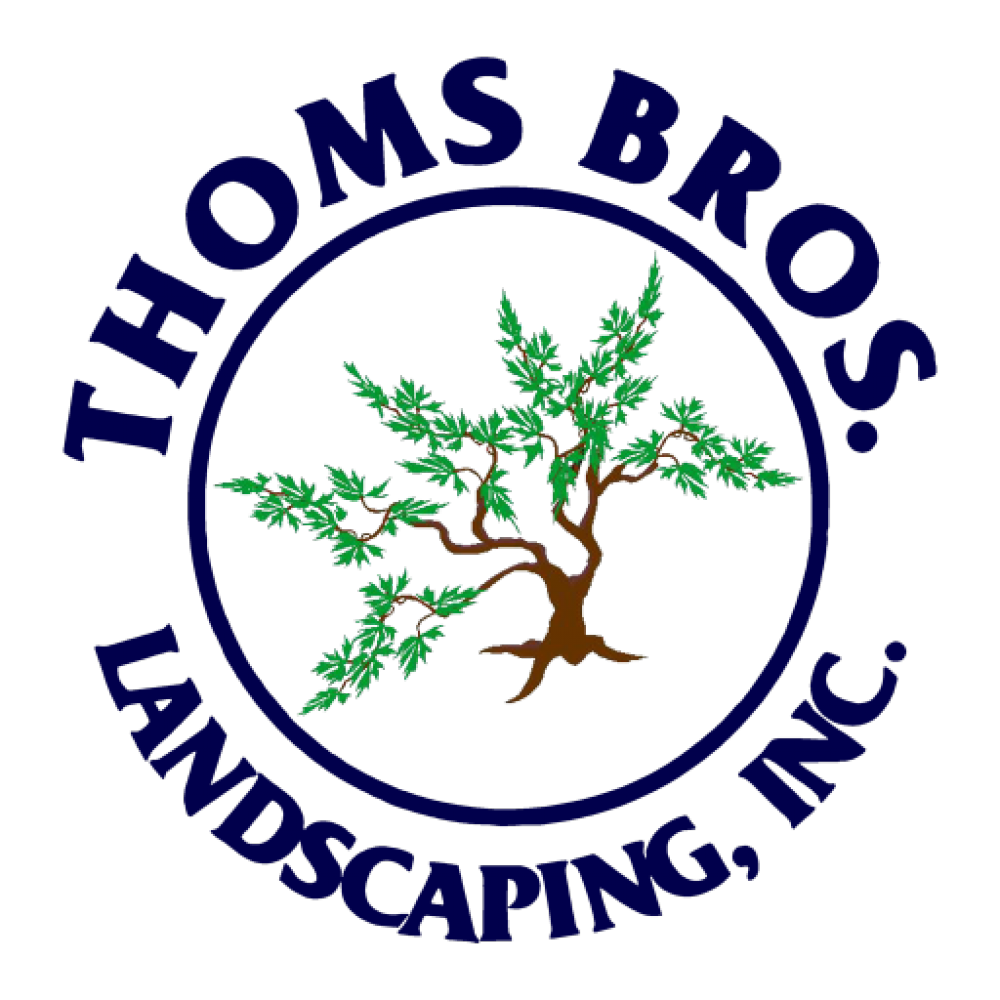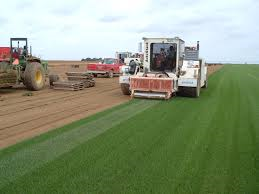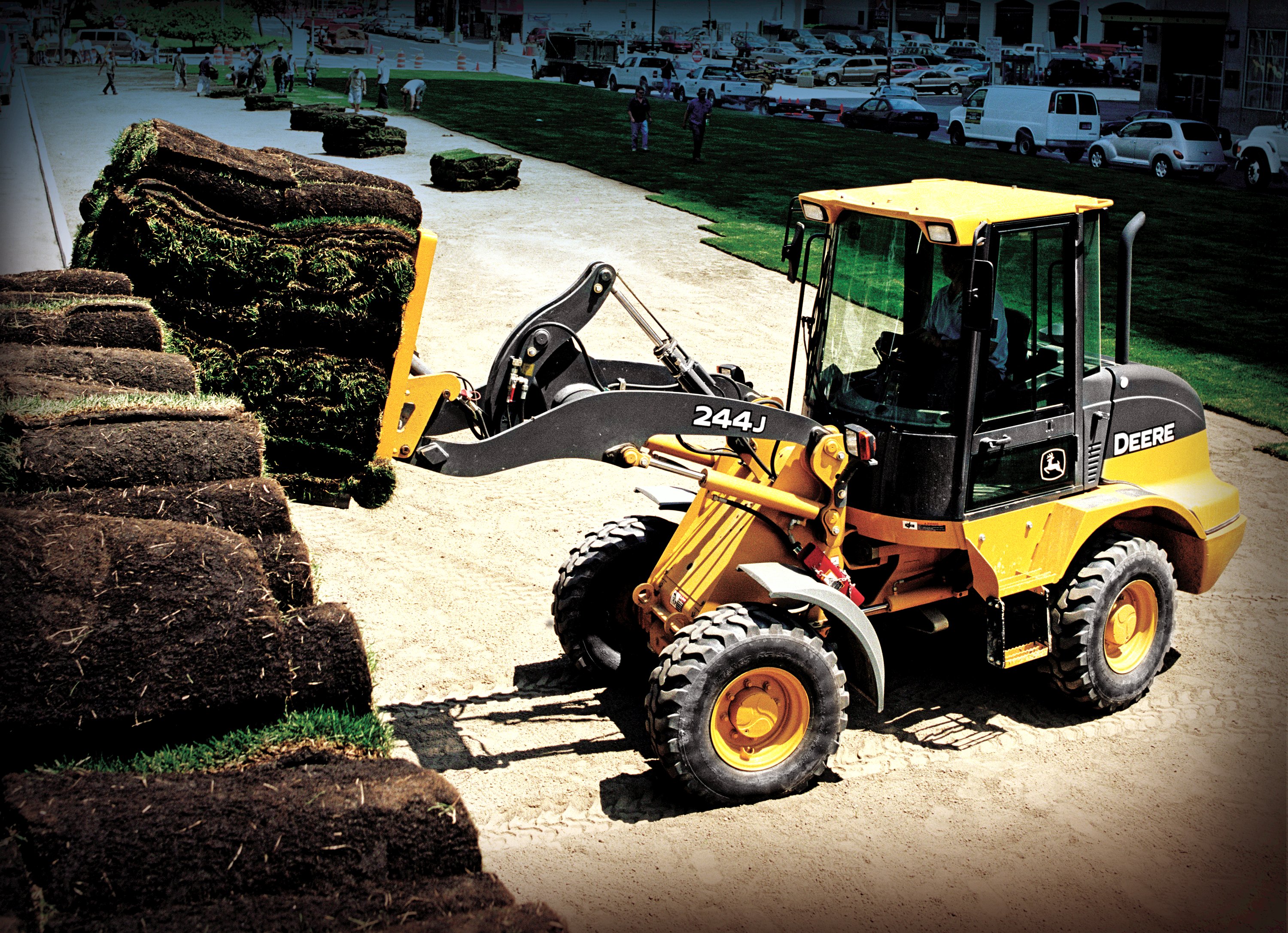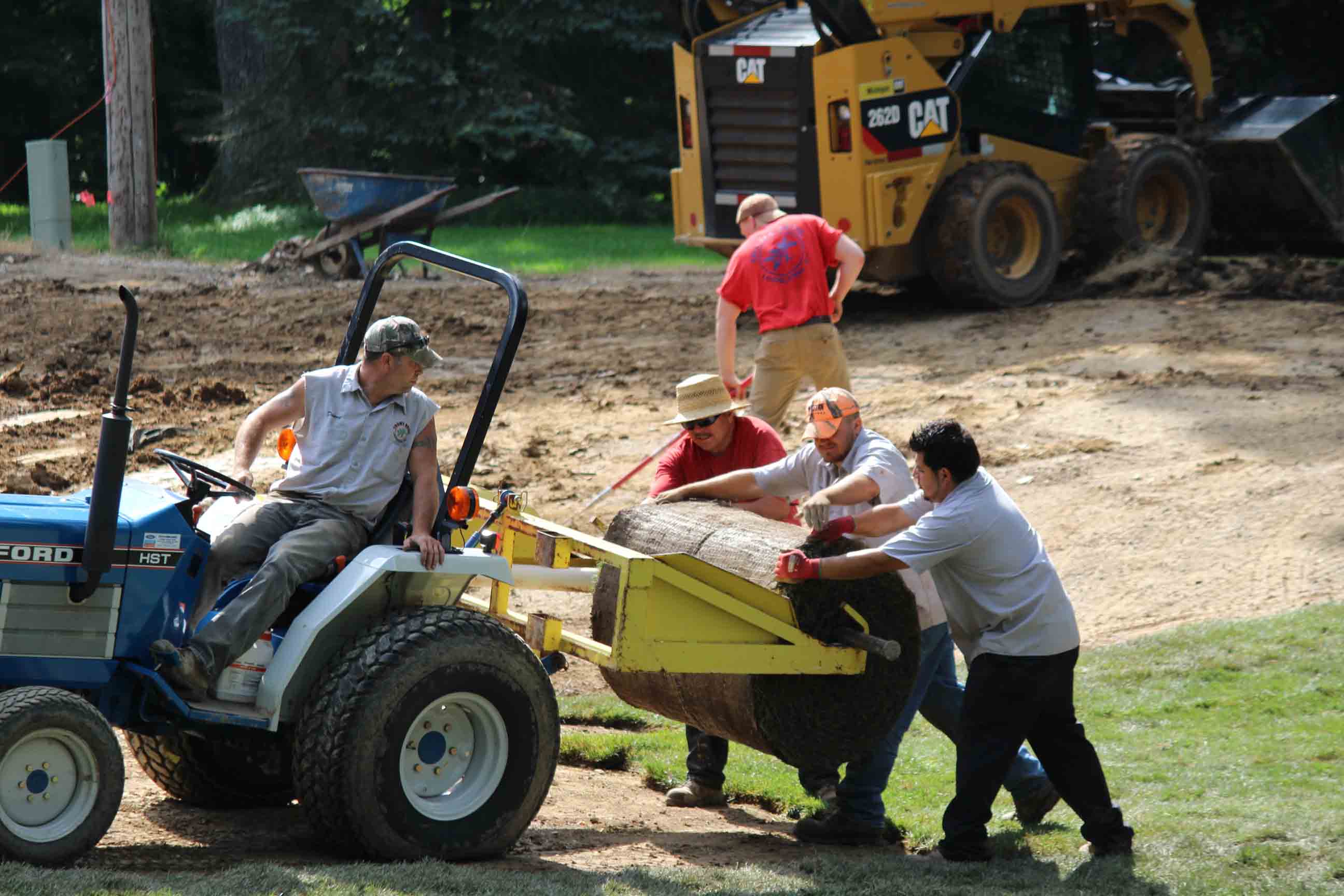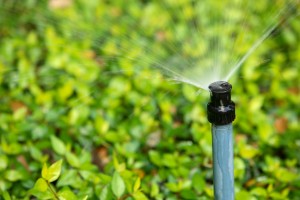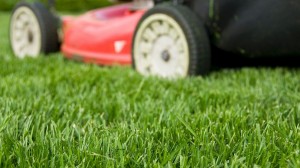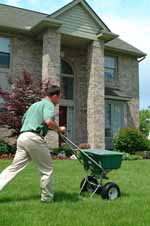Wikipedia describes sod as grass and the part of the soil beneath it held together by the roots, or a piece of thin material. The website goes on to say sod is typically used for lawns, golf courses, and sports stadiums around the world. In residential construction, it is sold to landscapers, home builders or home owners who use it to establish a lawn quickly and avoid soil erosion. Sod can be used to repair a small area of lawn,[1] golf course, or athletic field that has died. Sod is also effective in increasing cooling, improving air and water quality, and assisting in flood prevention by draining water.
Sod is grown on specialist farms. For 2009, the United States Department of Agriculture reported 1,412 farms had 368,188 acres of sod in production. Thoms Bros. purchases 80% of the sod used from http://www.kogelmannssodfarm.com/.
It is usually grown locally (within 100 miles of the target market) to minimize both the cost of transport and also the risk of damage to the product. The farms that produce this grass may have many varieties of grass grown in one location to best suit the consumer’s use and preference of appearance.
It is usually harvested 10 to 18 months after planting, depending on the growing climate. On the farm it undergoes fertilization, frequent watering, frequent mowing and subsequent vacuuming to remove the clippings. It is harvested using specialized equipment, precision cut to standardized sizes. Sod is typically harvested in small square slabs, rolled rectangles, or large 4-foot-wide (1.2 m) rolls.
In Michigan, sod is grown on either a topsoil or peat base. Thoms Bros. uses mostly topsoil based sod because it does much better on a clay based grade. It will not dry out as quickly and will root much better. Peat based sod is cheaper in price and weighs less, so installation is less intensive. Peat sod is fine for a sand grade.
There are three types of sod grown locally. The most prevalent is a Kentucky Bluegrass blend. Premium Kentucky Bluegrass seed varieties will result in a high quality product that will resist disease and provide a deep green color. Other types which are not typically used include a Fine Fescue/Bluegrass blend which is better suited for a shadier location and Bent Grass Sod which is used for golf course greens and tees.
At Thoms Bros. we are committed to our client’s success, but we do not guarantee that it will not die if not watered properly. We install high quality, fresh (cut same day) sod. But sod is a perishable product and we do not accept responsibility for the care after we leave.
Sod should be watered promptly and thoroughly after installation. If you have an irrigation system, our employees will turn on zones after the area has been completed. Sod should not dry out until completely established. You can check by lifting a corner to see the soil below is good and wet. But do not over water as well. The soil underneath should not be sopping wet. As a rule of thumb for the first week or so, you should irrigate a minimum of once per day. If the air is dry and/or temperatures are 80 degrees plus then twice a day is recommended. If using an irrigation system, misting head zones should be on from 10-20 minutes each day and spray head zones should be on 20-40 minutes each day. The supplemental weeks the frequency can be turned down. As always though, the best way to know is to pick up corner of sod.
First mowing is usually recommended about three weeks from initial installation. The sod must be fully knitted down before mowing. We highly recommend the first few mowing be done with a small (20″) walk behind mower. Large commercial and riding mowers can very easily rip the sod out of place. Optimum mowing height is 1 1/2 to 2 inches for a high quality lawn. Mow regularly with a sharp rotary mower, allowing the clippings from frequent mowing to remain on the lawn.
Fertilizing the new sod is not recommended for the first few weeks before the turf gets established. Turf should be fertilized 4 to 6 times in a full growing season at a rate of 10 pounds per 1000 square feet. The most important times are in late fall for good root growth and faster Spring green-up.
